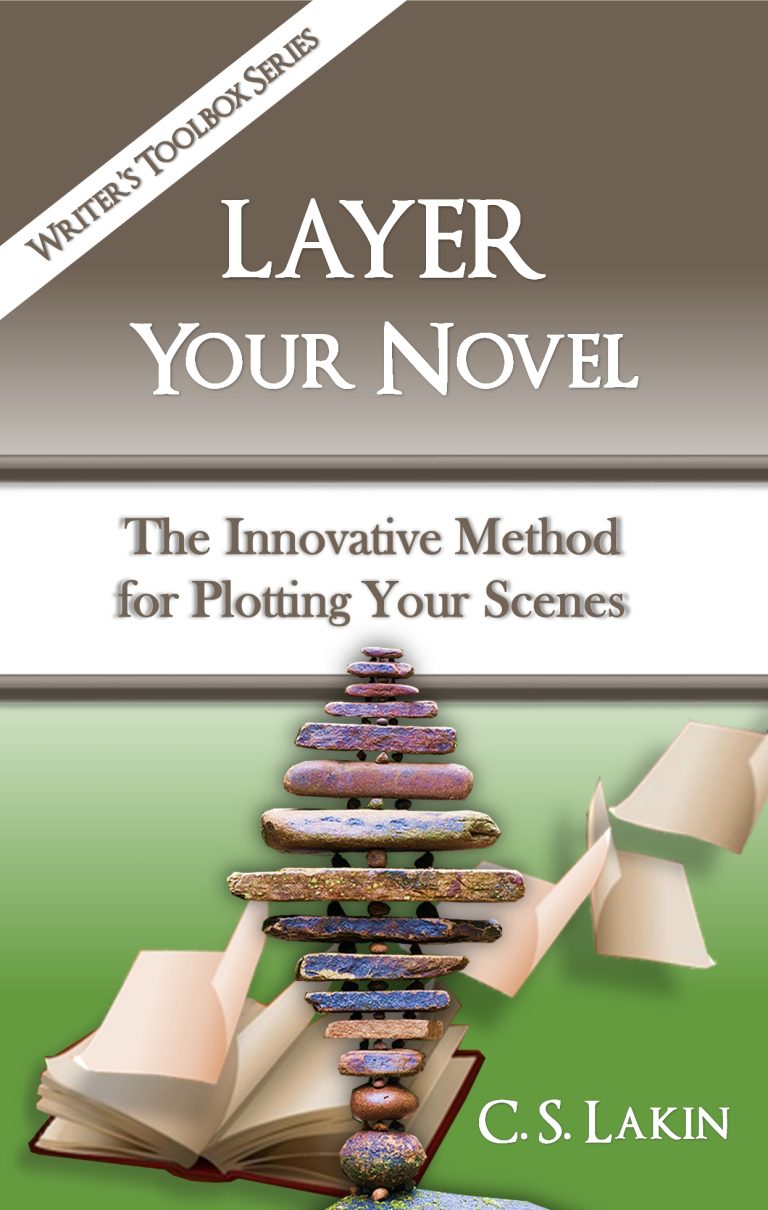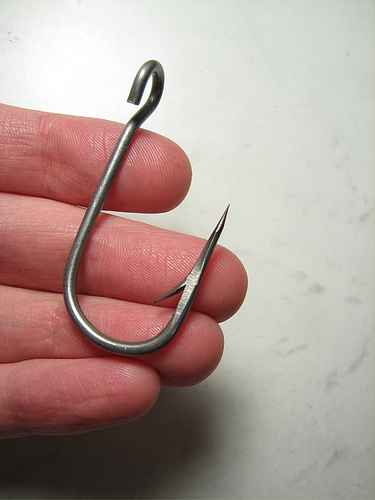7 Important Sensory Elements That Writers Ignore
Fiction and nonfiction writers alike need to immerse their readers into the story they are telling, and the best and most obvious way to do this is by utilizing sensory detail.
While most of us have been taught that there are five senses, there are actually more than twenty specific ones humans experience. Keep in mind that senses aren’t just about responding to outside data. They’re not only about what we see and hear and smell.
Some of the most common and important sensory details come from within our body, and it’s these senses that writers ignore, for the most part.
I will venture to say, though, that a masterful writer will consider the whole range of sensory possibilities when writing a scene or descriptive passage that shows characters in any activity, even just sitting and thinking.
And not only that—insightful writers will think carefully about word choice, mood, and mind-set of their POV character, because sensory detail should be purposeful, targeted, and powerful. Sensory detail should be used specifically to help accomplish the objective of the scene or passage the writer intends.
In other words, don’t just throw in a few sounds or smells or clothing descriptions at random and call it good. Every single word you write should be strategic and help create microtension.
You can, of course, break down general senses into specifics. For instance, you don’t just have taste; tastes are sweet, sour, salty, bitter, pungent, or astringent. There are even more types of smells , such as pungent, decayed, resinous, and fruity.
But I want to focus on sensory details that are often ignored. Let’s look at these, and then consider a couple of brief passages from novels that use some of these in masterful ways. For each of these types of senses there are numerous applications, but here are some specific ones:
- How the body feels temperature on the skin and internally
- The sense of the relative position of one’s own parts of the body and strength of effort being employed in movement
- The overall sense of body position, movement, and acceleration
- Pressure/touch on the skin/body
- The sense of balance or equilibrioception
- The quality of sound (not just what is being heard), such as timbre and pitch, and sounds felt or heard through/inside our bodies
- The quality and source of light: dimness or brightness and how light fills spaces
Let’s take a look at a passage from His Only Wife by Peace Adzo Medie. Pay attention to how great writers choose just a few sensory details that are perfect for both the situation and the POV character’s concern. A character that is worried and fretting isn’t going to notice how pretty the flowers look on the table. She’s going to be aware of the tension in her body.
Eli came at 1:36 p.m. I knew the exact time because I was sitting and staring at the analog clock on my phone when the doorbell rang. The sound startled me and I dropped the phone; I hadn’t heard the lift stop and open on my floor. My mother rushed out of her room and mouthed “Go” while pointing to the door. I hesitated; for some silly reason I wanted to fish my phone from under the chair before I answered the door.
“Ah, open the door,” she said with sound this time.
I stood up and smoothed my dress over my hips. My armpits were moist; it was a good thing that the fabric was light and patterned so that my sweat stains would not be visible. My feet felt heavy so that I needed extra effort to lift them. I imagined that I looked like a marching soldier. The frown on my mother’s face told me that she was displeased. The bell rang a second time. She flashed her eyes as if they had the power to physically push me toward the door. My hand was so damp with sweat that it slipped off the round doorknob when I tried to turn it.
The POV character in this passage is clearly agitated. Interesting that she realizes what she didn’t hear. We aren’t told a lot of details about the room she is in, only mention of a clock, which is an important visual because it speaks to her mood. What does this girl notice? That her armpits are moist. And that leads to more revealing of her mind-set and what she cares about in this moment: hiding her nervousness.
Another sensory detail included is the heavy feel of her feet and her awareness of her lack of strength. We get another simple visual: her mother’s frown, which tells us a lot. And then the sound of the doorbell. Again, we get sensory details of body movement and dampness on her hand.
The author doesn’t weigh down the passage or slow the action with a lot of sensory detail, only including what helps add tension, convey the characters’ mind-sets and mood, and immerse readers in the tactile experience.
Let’s look at another passage, this one from The Dazzling Truth, by Helen Cullen. This brilliant passage is chock-full of sensory detail masterfully described so that we get deep into the character’s emotional state without being told outright what he is feeling.
Murtagh opened the front door and flinched at a swarm of spitting raindrops. The blistering wind mocked the threadbare cotton of his pyjamas. He bent his head into the onslaught and pushed forward, dragging the heavy scarlet door behind him. The brass knocker clanged against the wood; he flinched, hoping it had not woken the children. Shivering, he picked a route in his slippers around the muddy puddles spreading across the cobblestoned pathway. Leaning over the wrought-iron gate that separated their own familial island from the winding lane of the island proper, he scanned the dark horizon for a glimpse of Maeve in the faraway glow of a streetlamp.
In the distance, the sea and sky had melted into one anthracite mist, each indiscernible from the other. Sheep huddled together for comfort in Peadar Óg’s field, the waterlogged green that bordered the Moones’ land to the right; the plaintive baying of the animals sounded mournful. Murtagh nodded at them.
There was no sight of Maeve.
Pay attention to Cullen’s word choice. We’re not merely told “it’s raining.” The character steps outside and flinches at a swarm of spitting raindrops. There is so much packed into that one line of sensory detail that goes far beyond telling it’s raining. Same with the blistering wind that mocks his threadbare pyjamas. Here is a man that is at a loss regarding how to deal with this wife that wanders off in the night. His sense of failure and inability to fix this problem is reflected in the word choice. Spitting and mock imply humiliation, vulnerability, vicitmization. Swarm gives us the sense of engulfing, overwhelm. These are senses he experiences on his skin and body as nature touches him (rather than him just hearing the wind or seeing the rain).
What sounds does Cullen include? Only two, but very important ones because they paint that mood and convey iportant information. There is the brass knocker that clangs against wood, which she uses as a way to show his concern about waking his children. And then there is the plaintive baying of mournful-sounding animals. Nothing needs to be said here about how that reflects Murtagh’s state of mind.
The visuals are also chosen purposefully. There are muddy puddles he has to navigate (mirroring the “puddles” of his life), a dark horizon, and a blurred or indistinguishable horizon (again, reflecting his inability to find his wife or fix this problem). The waterlogged green also gives us the sense of heaviness, saturation, even sinking or drowning. All mirroring his mind-set.
Another strong visual is the sheep huddling in the night, for warmth and comfort, which is in great contrast to this lonely, fearful, worried man who has nothing to warm or comfort him (he’s shivering), and also contrasts with what he might imagine his wife is experiencing, out there somewhere, wandering the island. Why does Murtagh nod at them? They no doubt don’t see or understand the gesture. Perhaps it’s because he realizes this very contrast in this moment.
The only light source we’re shown is the faraway glow of a streetlamp, which aids greatly in setting the ambiance of the scene. Literally and figuratively (and symbolically), it casts little light on the environs as well as on his situation. It does not give the illumination he needs to see by in order to locate his missing wife.
I hope this brief look at some of these sensory details will get you excited to dive back into your writing and find places in which to put in creative, powerful sensory elements that many writers often ignore.
Which sensory detail in the list is one you’ve never thought of to try? What detail in the passages was most effective to you and why? Share in the comments.
Don’t miss out on the upcoming online course 8 Weeks to Writing a Commercially Successful Novel!
Course starts September 6, 2021, and you need to enroll by Sept 1st!
If you want to learn the most important technique and elements needed for success, take this course. You will have a year’s worth of great, unique content packed into two months: more than 10 hours of video instruction, dozens of sample scenes and worksheets, bonus videos on tight editing and genre markers (and more!), and a weekly Zoom Q&A.
Enroll now before it’s too late! You’ll get lifetime access to all the content, so no worries if you’re too busy to dig into the course right away. It’s all yours!
Click HERE to enroll!
Featured Photo by Gabriel Jimenez on Unsplash












